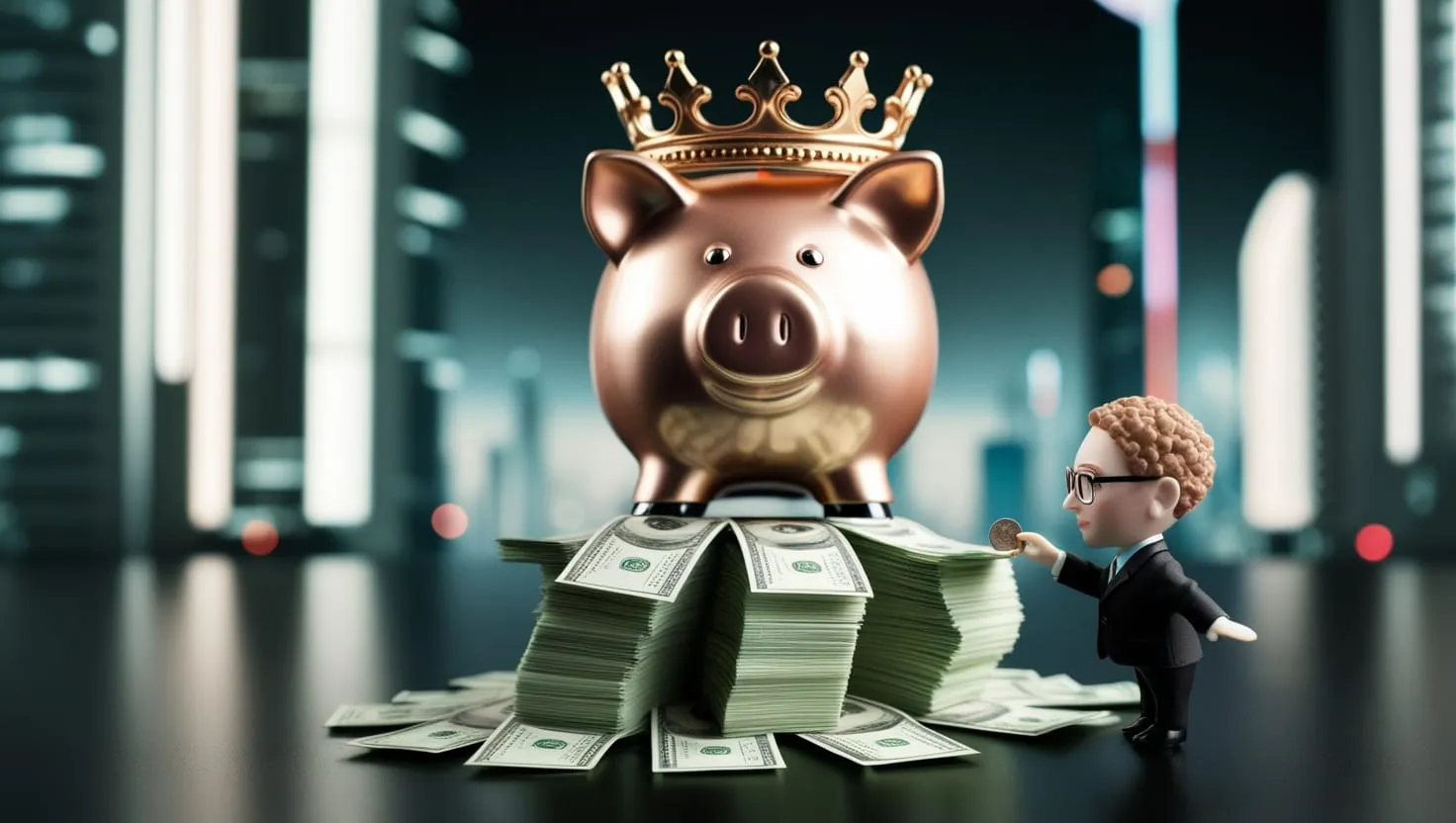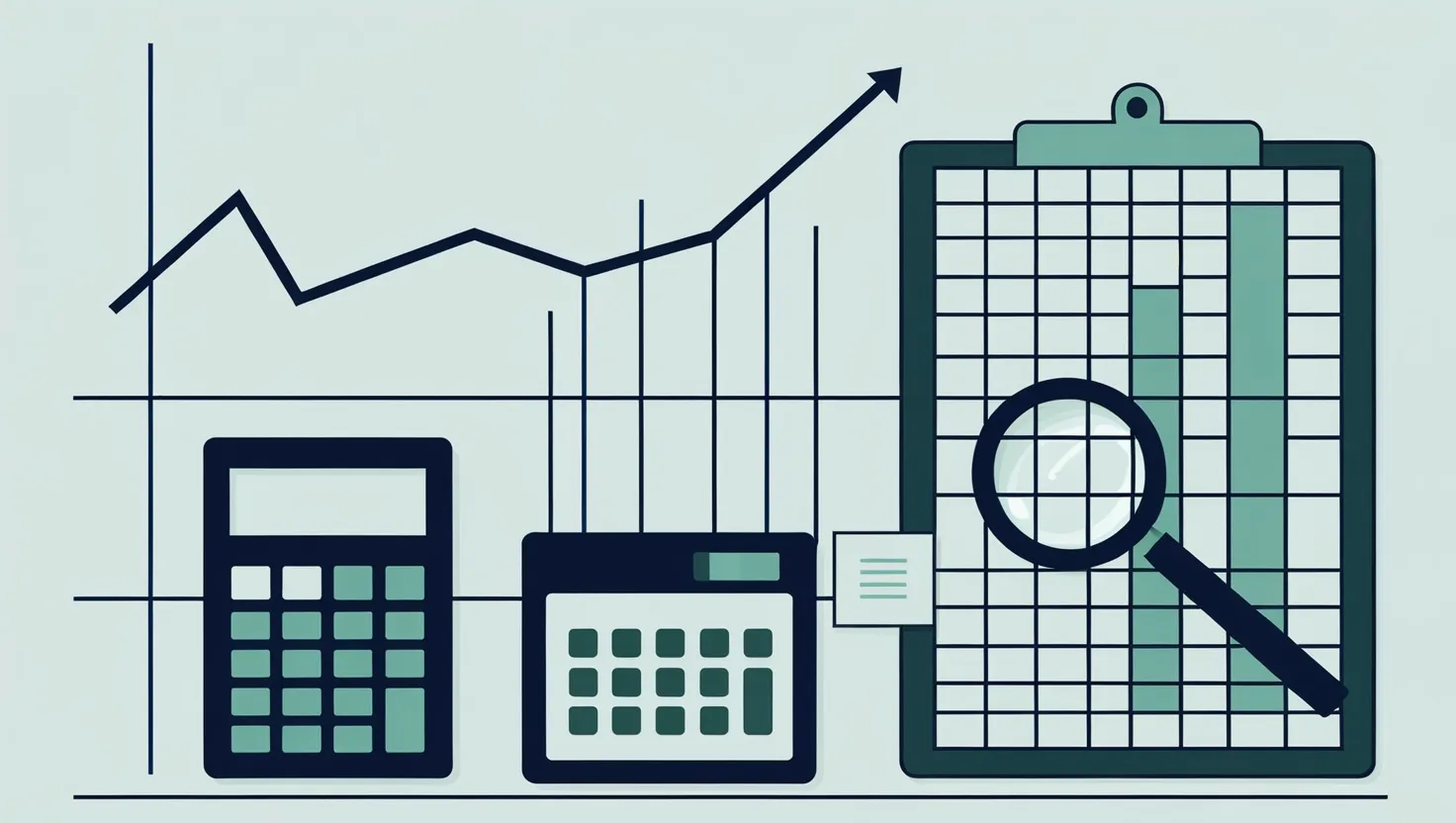When it comes to managing your finances, there's one simple yet powerful strategy that many people overlook: paying yourself first. This approach flips traditional budgeting on its head by prioritizing savings before expenses. Instead of waiting to see what's left over at the end of the month, you set aside money for your future goals right off the top.
The concept is straightforward - treat your savings like your most important bill. Just as you wouldn't skip paying rent or your electricity bill, you commit to "paying" your savings account first before spending on anything else. This ensures you're consistently working towards your financial goals, whether that's building an emergency fund, saving for retirement, or working towards a major purchase.
One of the biggest advantages of paying yourself first is that it helps overcome our natural tendency to overspend. When we have money sitting in our checking account, it's all too easy to find ways to use it up. But by moving that money to savings immediately, we remove the temptation to spend it frivolously. Out of sight, out of mind.
Implementing this strategy doesn't have to be complicated. Many people find success with the 80/20 rule - saving 20% of their income and living on the remaining 80%. Of course, the exact percentages can be adjusted based on your individual situation and goals. The key is to pick an amount you can stick with consistently.
Automation is your friend when it comes to paying yourself first. Set up automatic transfers from your checking account to savings on payday. Or talk to your employer about splitting your direct deposit so a portion goes straight to savings. This way, you don't have to rely on willpower or remember to make the transfer each month.
One common concern is how to pay yourself first when money is already tight. It's true that this approach requires some adjustments to your spending habits. But even starting small can make a big difference over time. Begin with just 1% of your income if needed, then gradually increase the amount as you get used to living on less.
The beauty of paying yourself first is that it works regardless of your income level. Whether you're just starting out in your career or earning a six-figure salary, prioritizing savings helps build long-term financial security. It's not about how much you make, but how much you keep.
This strategy can be particularly powerful for young adults just entering the workforce. By developing the habit of saving early on, you can take full advantage of compound interest over time. Even small amounts saved in your 20s and 30s can grow significantly by retirement age.
Of course, paying yourself first doesn't mean neglecting your other financial responsibilities. It's still crucial to pay your bills on time and avoid high-interest debt. The goal is to find a balance that allows you to meet your current needs while also investing in your future self.
For those with existing debt, a modified approach may be necessary. Consider allocating a portion of your "pay yourself first" money towards debt repayment, especially for high-interest credit cards. As you pay down balances, you can gradually shift more towards savings and investments.
One often overlooked benefit of paying yourself first is the peace of mind it provides. Knowing you have a growing nest egg can reduce financial stress and give you more confidence to handle unexpected expenses. It's like giving yourself a safety net.
This approach also helps cultivate a abundance mindset rather than one of scarcity. Instead of constantly feeling like you don't have enough, you're actively building wealth. This positive perspective can spill over into other areas of your life and financial decisions.
Paying yourself first doesn't mean you can never enjoy your money in the present. It's about finding a healthy balance between current enjoyment and future security. By prioritizing savings, you may actually feel more comfortable spending on things you truly value, knowing your long-term goals are taken care of.
To make this strategy work, it's important to have clear financial goals. Are you saving for a down payment on a house? Building an emergency fund? Investing for retirement? Having specific targets helps motivate you to stick with the plan and gives you a sense of progress as you watch your savings grow.
One way to stay motivated is to visualize your future self benefiting from your current savings efforts. Imagine how good it will feel to have a fully-funded emergency fund or to be able to retire comfortably. This mental exercise can help you resist short-term temptations in favor of long-term gains.
It's also helpful to track your progress regularly. Set up a simple spreadsheet or use a budgeting app to monitor your savings growth. Seeing the numbers increase month after month can be incredibly rewarding and encourage you to keep going.
Remember that paying yourself first is a habit that gets easier with time. At first, it may feel challenging to set aside that money. But as you adjust your spending and see your savings grow, it becomes second nature. Many people find they don't even miss the money they're saving.
One potential pitfall to watch out for is lifestyle inflation. As your income increases over time, it's tempting to increase your spending proportionally. But by sticking to the pay yourself first principle and increasing your savings rate along with your income, you can accelerate your progress towards financial freedom.
It's also important to periodically reassess your savings goals and adjust your strategy as needed. Life circumstances change, and your financial priorities may shift over time. Maybe you've reached your initial emergency fund goal and now want to focus more on retirement savings. Or perhaps you're planning to start a family and need to save for future education expenses.
Don't be afraid to start small if you're feeling overwhelmed. Even saving just $20 or $50 a month is better than nothing. As you get more comfortable with the process, you can gradually increase your savings rate. The most important thing is to get started and build momentum.
One creative way to boost your savings is to turn it into a game or challenge. Set a goal to increase your savings rate by 1% each month for a year. Or challenge yourself to find an extra $100 to save each month by cutting unnecessary expenses. Making it fun can help you stay motivated.
Remember that paying yourself first isn't just about the numbers - it's about taking control of your financial future. It's a way of prioritizing your long-term well-being and giving yourself options down the road. By consistently saving and investing, you're building a foundation for financial security and freedom.
Ultimately, paying yourself first is about treating your future self with respect and care. It's recognizing that your financial health is just as important as your physical and mental health. By making savings a non-negotiable part of your budget, you're investing in your own well-being and setting yourself up for long-term success.
So why not give it a try? Start small if you need to, but commit to paying yourself first for the next few months. You might be surprised at how quickly you adapt and how empowering it feels to watch your savings grow. Your future self will thank you for taking this simple yet powerful step towards financial security.






